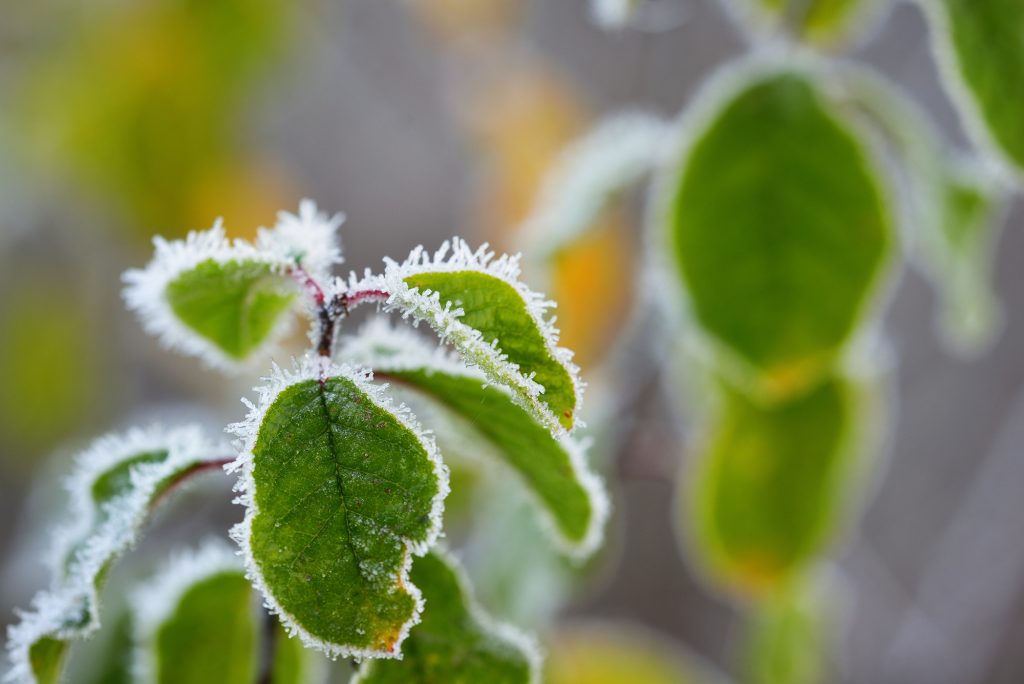The Importance of Leaf Removal in Lawn Maintenance
As the leaves begin to fall during autumn, it’s essential to stay on top of leaf removal for the health and longevity of your lawn. While it may seem like a purely aesthetic task, removing leaves plays a vital role […]





